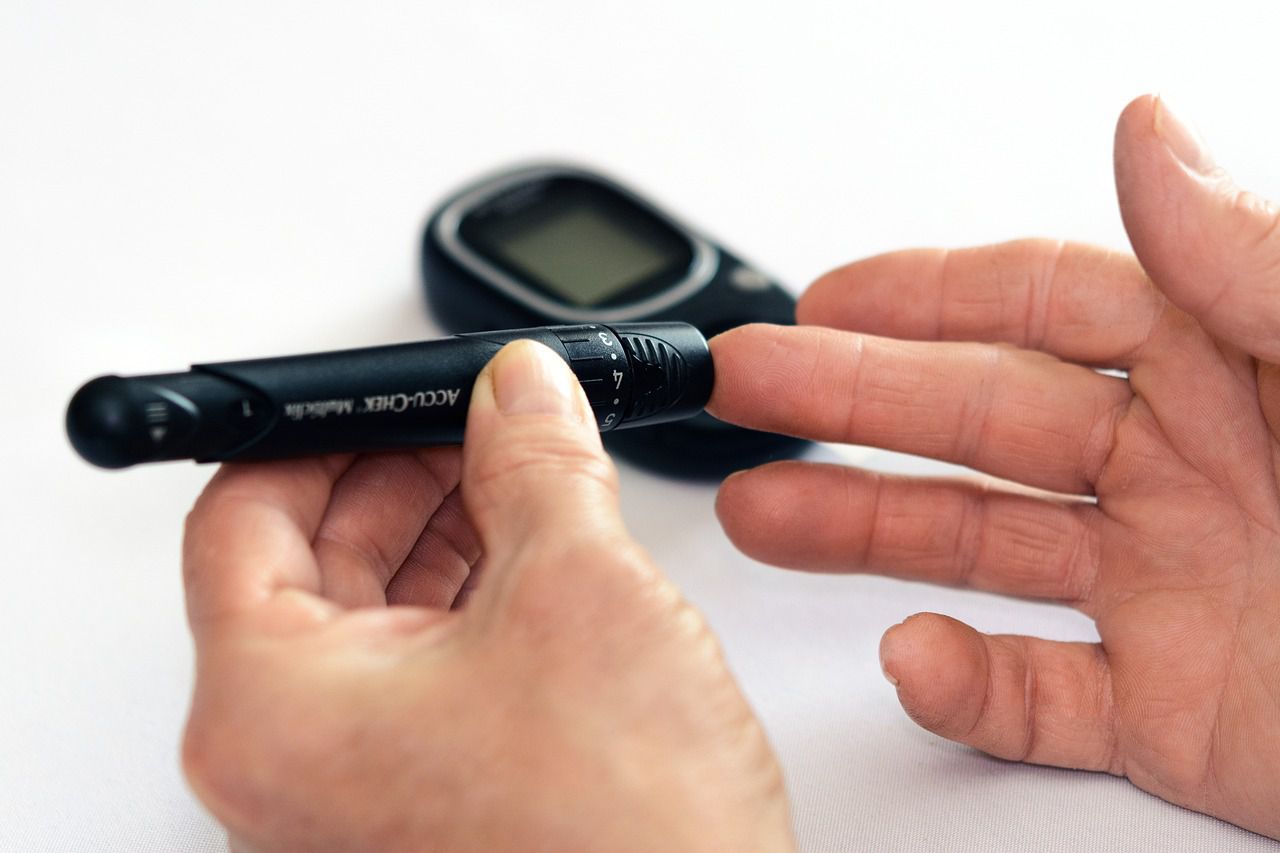Even if you don't have diabetes, you should take care of your blood sugar level, because it can strongly affect your well-being and health.
It's bad when it's too high, and it's also bad when it's too low - you can feel unwell in both cases.
Here are a few signs that your blood sugar level is too low and you need to eat something sweet.
Shakiness and Trembling
You might notice your body shaking or trembling, much like when you're really cold.
This happens because your body needs sugar (glucose) to function properly, and when it's too low, your muscles can become shaky.

Sweating
Low blood sugar can lead to sudden and excessive sweating, even if the environment is not hot. Your body sweats to help regulate its sugar levels.
Dizziness and Lightheadedness
You may feel unsteady on your feet, as if the ground is moving beneath you.
This is due to the brain not receiving enough glucose, which it relies on for energy.
Intense Hunger
Hypoglycemia can trigger extreme hunger, even if you've eaten recently. Your body craves more sugar to raise your blood sugar levels.
Confusion and Difficulty Concentrating
Low blood sugar can affect your ability to think clearly. You might feel confused, have trouble focusing, or find it hard to complete tasks.
Rapid Heartbeat
Your heart might start beating faster than usual.
This is your body's way of trying to circulate blood more quickly to supply glucose to the brain and other organs.
Blurry Vision
Low blood sugar can affect your eyesight, causing your vision to become blurry. It's a temporary effect related to the eye muscles.
Conclusion
If you suspect that your blood sugar is too low, it's important to act promptly.
Consume a quick source of sugar, such as fruit juice, a glucose gel, or a few pieces of candy, to raise your blood sugar to a safe level.









